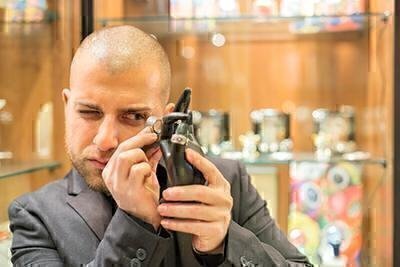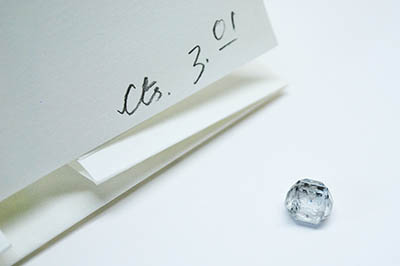Diamonds dug up in mines remain the number one choice for engagement rings in the U.S., and among the most popular stones for other pieces of jewelry. But the times—and the bling people want—may be changing.
Manufactured diamonds, which are grown in labs and not dug up from environmentally destructive mines or sold to fund civil wars and violent regimes, are surging in popularity. That’s especially true among young American buyers. Even De Beers, the O.G. of the diamond industry (and still its largest player), now hawks inexpensive manmade stones.
But in the diamond business, the more things change the more they stay the same. All diamonds are still graded and priced according to overly complex guidelines, and many stores abuse their customers with shifty practices designed to make you overspend.
You can squander thousands of dollars on an unwise diamond purchase, so take time to get educated, consider the seemingly endless options, decide what’s important to you, and, most important, shop around.
Educate yourself
The best way to protect yourself from a dishonest diamond dealer is to demonstrate you know what you’re doing. Start by reviewing our advice on how diamonds are graded and priced, and our tips on what you should and shouldn’t care about.
Consider lab-grown stones
While many consumers still scoff at manufactured diamonds, they are structurally and chemically identical to mined diamonds—even a gemologist can't distinguish them from mined stones without laboratory analysis—but they cost thousands of dollars less.
Compare prices
Checkbook’s undercover shoppers found huge store-to-store price differences for comparable diamonds. Some jewelry stores charge several thousand dollars more than their competitors for the same stones. Depending on where and how you shop, we found that for mined diamonds you can pay between less than $7,500 to more than $13,000 for essentially the same one-carat stone and from less than $12,000 to more than $20,000 for a 1.5-carat one.
Focus on value
You’ll get the most bang for your buck by buying a diamond with excellent cut. But if you can’t otherwise tell the differences in quality between two stones, don’t pay lots more for the higher-quality one. Most shoppers should avoid shelling out extra for diamonds with color grades above F or with clarity scores better than SI1.
Stick with GIA-certified stones
If the store can tell you only that a diamond is “certified,” without a designation from the Gemological Institute of America (GIA), ask to see another gem. Many other certifications tell you nothing about stone quality. The GIA certifies both mined and lab-grown diamonds.
Look at loose stones
Some stores pre-set lousy diamonds to hide flaws.
Review the return policy
Buy from stores that offer returns with a full refund within 30 days. But if you purchase a custom setting, know you’ll likely pay for design and fabrication costs. Have the store put in writing how much of a refund you’ll get in that case.
Get an appraisal for expensive purchases
It’s good insurance against being given a switched-out gem that’s of lower quality than what you paid for.










